Have you noticed how many fabrics are named after locations?
Some fabric names taken from places go back to Roman times, and we are still naming fabrics after the places where they are made today (Thai silk for example).
I’d love to do a tour of the world, visiting all the cities and locales that have fabrics named after them. It would make a good documentary.
Starting in Europe, I could go to:
Paisley in Scotland, which produced so many boteh patterned shawls in the 19th century that the cities name became synonymous with paisley fabric.
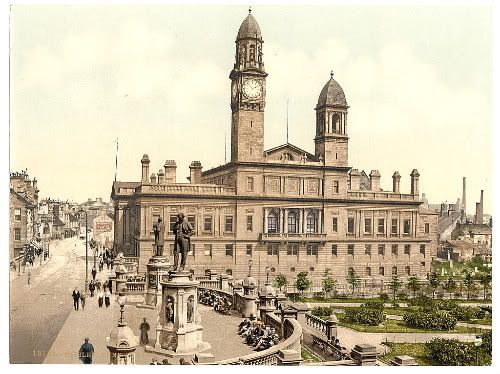
Paisley, Scotland. Looks pretty!
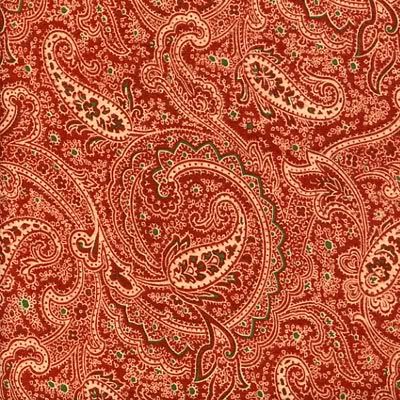
The fabric is also pretty…
Argyll in Western Scotland, the seat of Clan Campbell, whose traditional tartan pattern inspired the argyle pattern.

If this is Argyll, I'm in!

The best use I have ever seen of the argyle pattern
Tweed, through a misreading of the Scottish spelling of twill (tweel) is named after the Tweed River on the Scottish/English border. And of course, this gives us an excuse to visit Harris and Donegal to see the tweeds named after each of those locations.
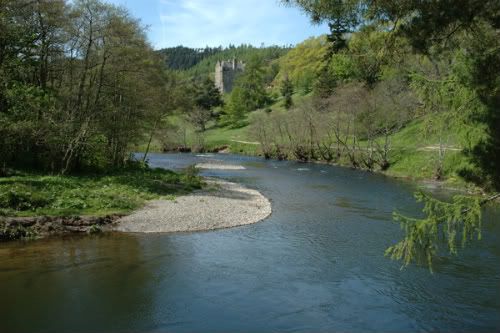
Is all of Scotland this beautiful?
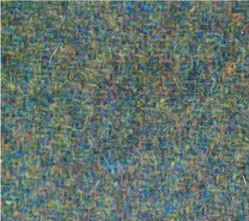

Donegal tweed and Harris tweed, respectively
Bedford England is an obvious choice, having given us Bedford cord (a fabric similar to corduroy, hence the second part of the name).
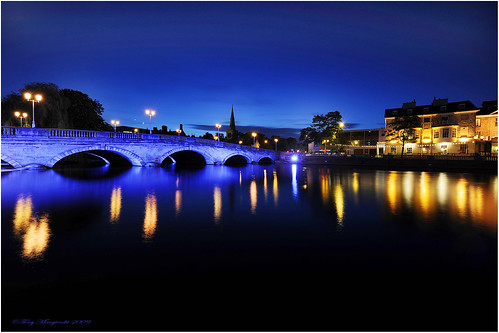
The bridge at Bedford
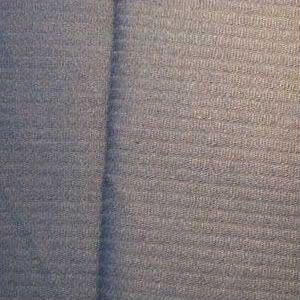
Bedford cord
Oxford England through the oxford shirt, supplied a name for the distinctive 2 warp, 1 soft weft oxford cloth weave.

Do you think Mr Dreamy would be mad if he came home tonight and found a note saying “gone to Oxford, see you in a few weeks?”

Oxford cloth
The Channel Island of Jersey produced such excellent knits that it gave its name to jersey knit.

All of Britain looks fabulous when the sun shine

Jersey knit drapes so beautifully
The Via Gellia valley in Derbyshire was the location of the Viyella factory, and gave it’s name to the first branded fabric in the world.

Lizzie Bennet might have passed through Via Gellia in the Peak District and seen this cottage
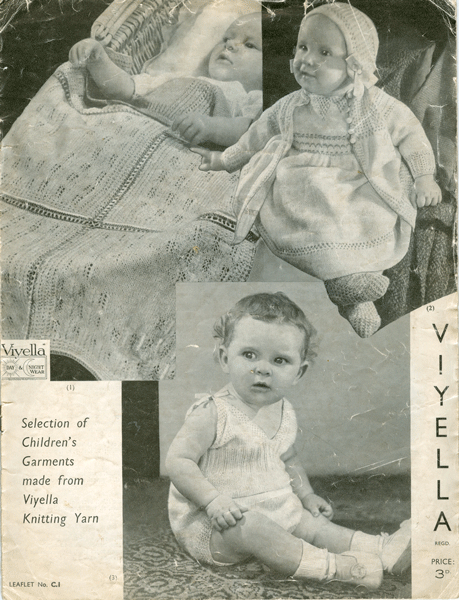
Awwww....
All of Ireland, for Irish linen, which used to be flax grown, spun and woven in Ireland, but became flax imported from Europe and spun and woven in Ireland, and these days is flax yarn imported from China and woven in Ireland. How much further can they go while still calling it ‘Irish’?

Not quite the highest sea cliffs in the world, but still spectacular

Irish linen lace, circa 1907
Just about anywhere in the Netherlands, as the whole country gave its name to holland cloth.

Some pretty impressive aqua-scaping in Friesland, my ancestral homeland

A Medieval Hollander with a holland cloth cap and shawl
Nîmes, France, to see the birthplace of denim. (from serge de Nîmes) The name denim has been used in the US since the 18th century.

Nimes, home of aqueducts and denim. How awesome is that?
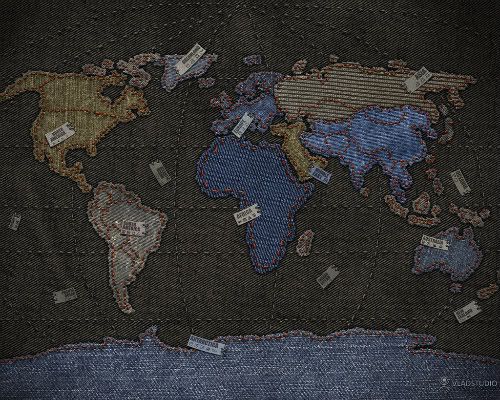
Is this denim map of the world AMAZING or what? Check out the full size image.
Laon, France, was a major producer of linen lawn, and gave the fabric its name.
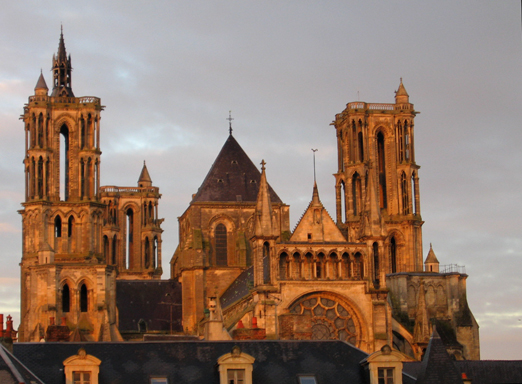
Why don't I live somewhere where there are cathedrals?
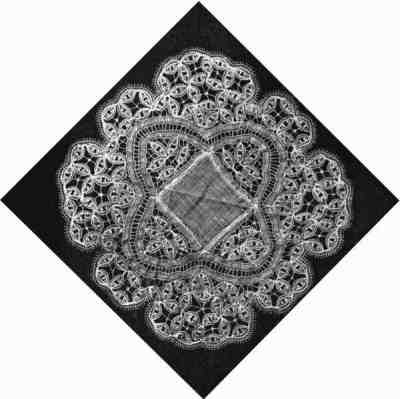
An exquisite linen lawn doily
Jouy-en-Josas, France, of course, gives us toile de jouy, the fabric that was produced in the area from the mid-18th century.
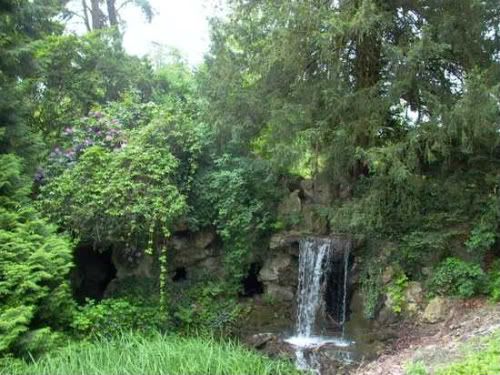
Fittingly, the scenery at Jouy-en-Josas is more pretty than striking, rather like the fabric named after it.
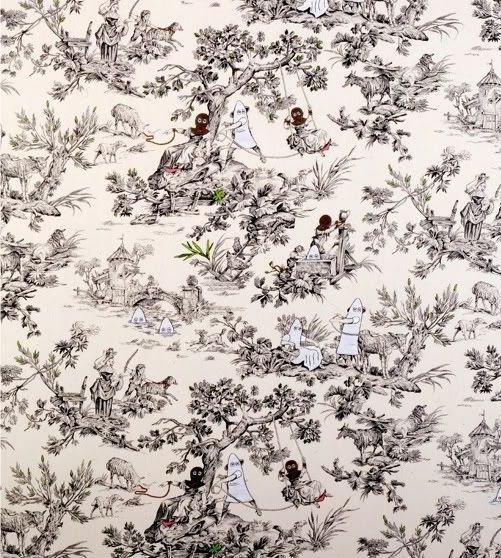
A subversive contemporary interpretation of toile de jouy
Marcella is usually known as pique in the US, but its British name reveals the fabrics origins as an attempt to imitate the distinctive corded Provençal quilts which were made in Marseilles beginning in the 1700s and imported into England.

An 18th century Marseilles quilted petticoat

Fancy patterned pique/marcella fabric

Marseilles is as beautiful as the petticoat
Cambrai, France, managed to supply two names for fabric, cambric and batiste, after the Baptiste of Cambrai. Batiste and cambric are sometimes described as the same fabric, and sometimes batiste is used to describe the thinner, softer, finer version of the fabric, and cambric (or chambray) the heavier version.
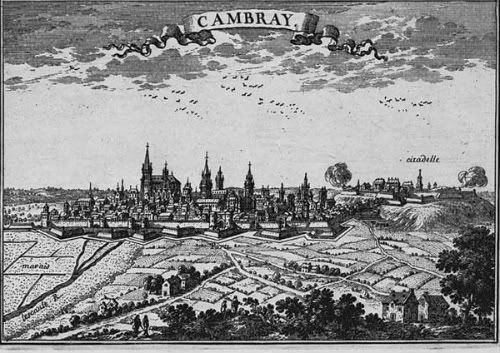
It turns out that Cambria isn’t a very picturesque city these days. At least it looks good in old images!

Batiste
Genoa, Italy gives us jean, which originally referred to a lighter fabric than denim. The name is actually because the first denim trousers were made in Genoa, not because of the fabric, but I think it is close enough.

- Genoa
And with that, I leave you, because it turns out that it is nearly impossible to source images of jean fabric (rather than denim fabric). Next week I’ll take you on a tour of fabric in the Middle East and North Africa






























You could also go to Manchester, because corduroy is called manšestr/manžestr in Czech.
And don’t forget Madeira!
In NZ Manchester is bed linens and towels! I wonder if they are both named after the town? And who would want to go to Manchester anyway? For Madeira, did you mean Madeira embroidery? I avoided all the lace and embroidery names because EVERY lace and embroidery stitch seems to be names after a place!
For Madeira, did you mean Madeira embroidery? I avoided all the lace and embroidery names because EVERY lace and embroidery stitch seems to be names after a place!
Thanks, so lovely. Now I’m dying to go wandering around the British Isles, picking up fabrics for suits and coats and shirts.
Where did you get that toile? I need to own it.
Steph, there is a whole movement around re-interpreting toile de jouy, and making it relevant to a contemporary audience, or just fun or subversive. You can read about that particular toile here: http://www.jessicahemmings.com/embroidery-september_2005-toile_de_jouy.html#
What do you mean you wish you lived in a city with cathedrals? As I type I am looking at the tower of St Marys of the Angels. It’s a tad bijou, admittedly, by European standards, but it’s still a cathedral, and a lovely example of gothic architecture.
That toile image makes me want to go and draw little cartoon characters all over my bedroom curtains!
Really interesting piece. I live about 30 miles from Paisley and remember doing a whole chunk about the Scottish textile industry in history at school.
I love the denim map
Ah, well. Czech fabric terms again. I believe that in Czech madeira is not only name for the embroidery, but also eyelet fabric itself.
My father would want to go to Manchester. He likes visiting palces with industrial history and seeing the changes that happened since their prime. And I would want to, if I could go with him and get a tour from him, because he makes it interesting.
I forgot to say what a delightful idea this post is.
Wow – this has got to be one of my favourite blog posts ever! Brilliant stuff – I didn’t know about 95% of that and I got to enjoy lots of pretty photos, too (especially the aqua-scaping – that is spectacular!). Thank you, purveyor of fabric-knowledge – I need to add this to my Dreamstress Fabric Reference library!
Great post! Thanks for sharing this. Must get around to some of these places whilst I’m in the ‘vinicity’. Actually, we just returned from Genoa
http://shelleyshouse.blogspot.com/2010/07/medieval-maritime-movie-time-part-i.html
and I’d no idea about the connection with jeans!
Oh, and “Monty Python and the Holy Grail” was shot in Argyll – another reason to visit the place!
Love this! simply fascinating!
What about Tulle, France?